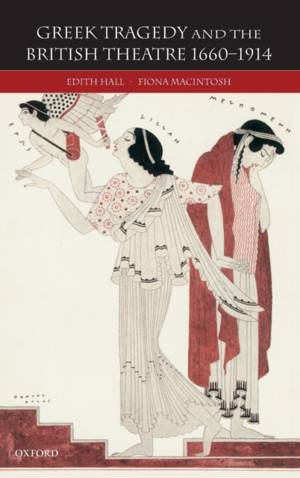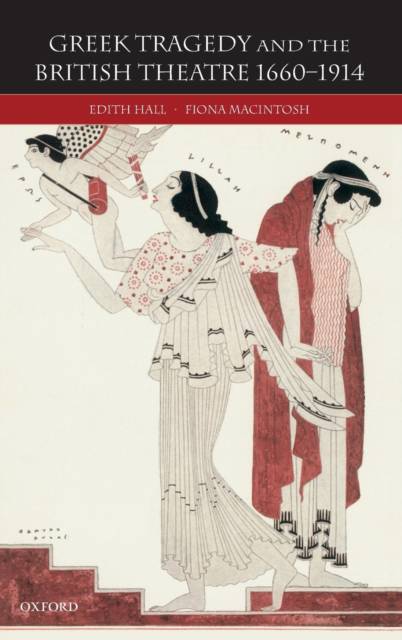
- Afhalen na 1 uur in een winkel met voorraad
- Gratis thuislevering in België vanaf € 30
- Ruim aanbod met 7 miljoen producten
- Afhalen na 1 uur in een winkel met voorraad
- Gratis thuislevering in België vanaf € 30
- Ruim aanbod met 7 miljoen producten
Zoeken
€ 213,95
+ 427 punten
Omschrijving
This lavishly illustrated book offers the first full, interdisciplinary investigation of the historical evidence for the presence of ancient Greek tragedy in the post-Restoration British theatre, where it reached a much wider audience--including women--than had access to the original texts. Archival research has excavated substantial amounts of new material, both visual and literary, which is presented in chronological order. But the fundamental aim is to explain why Greek tragedy, which played an elite role in the curricula of largely conservative schools and universities, was magnetically attractive to political radicals, progressive theatre professionals, and to the aesthetic avant-garde. All Greek has been translated, and the book will be essential reading for anyone interested in Greek tragedy, the reception of ancient Greece and Rome, theatre history, British social history, English studies, or comparative literature.
Specificaties
Betrokkenen
- Auteur(s):
- Uitgeverij:
Inhoud
- Aantal bladzijden:
- 760
- Taal:
- Engels
Eigenschappen
- Productcode (EAN):
- 9780198150879
- Verschijningsdatum:
- 15/09/2005
- Uitvoering:
- Hardcover
- Formaat:
- Ongenaaid / garenloos gebonden
- Afmetingen:
- 218 mm x 147 mm
- Gewicht:
- 1219 g

Alleen bij Standaard Boekhandel
+ 427 punten op je klantenkaart van Standaard Boekhandel
Beoordelingen
We publiceren alleen reviews die voldoen aan de voorwaarden voor reviews. Bekijk onze voorwaarden voor reviews.











